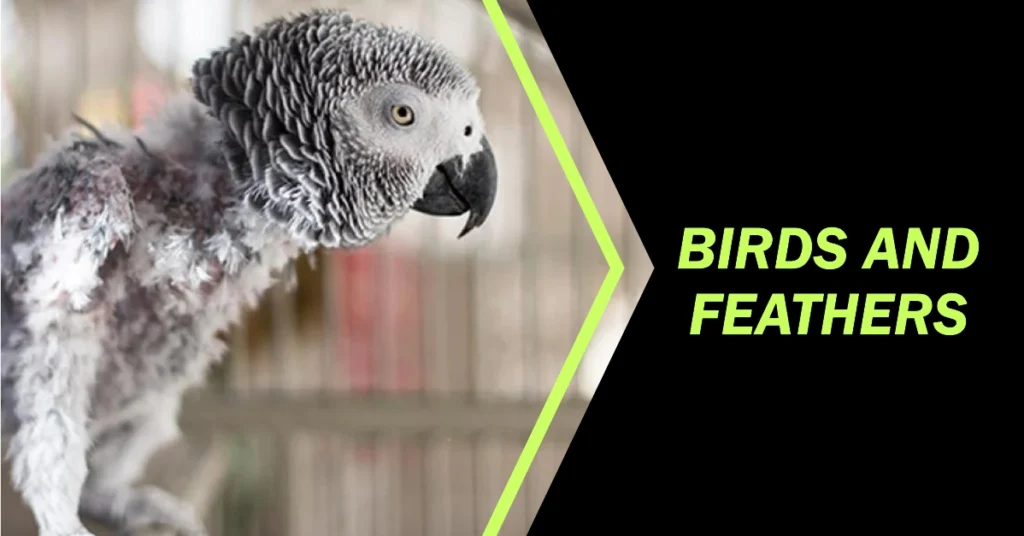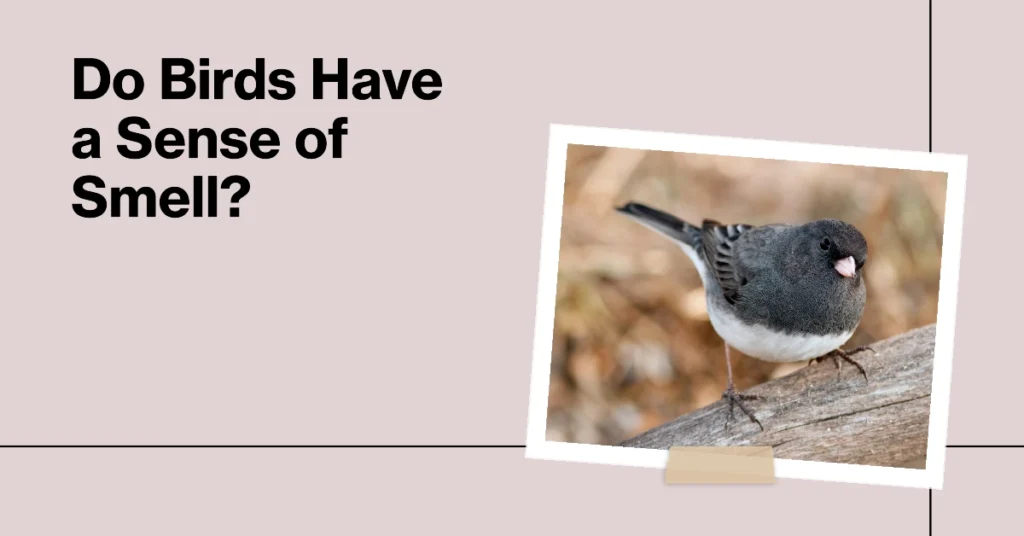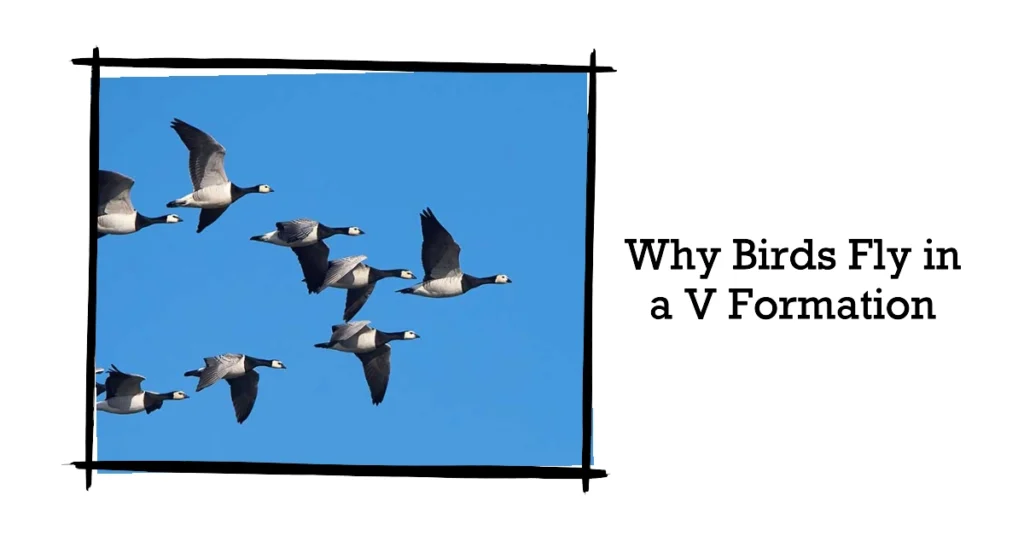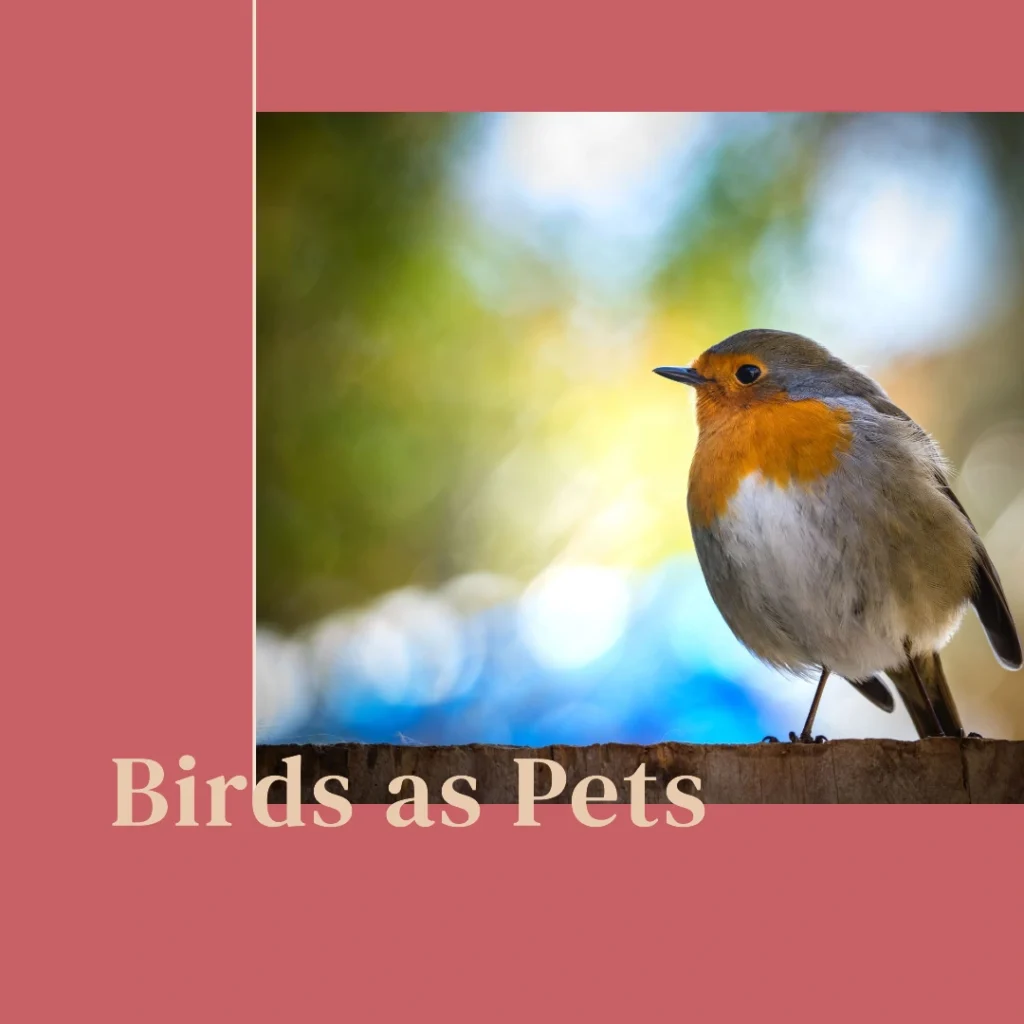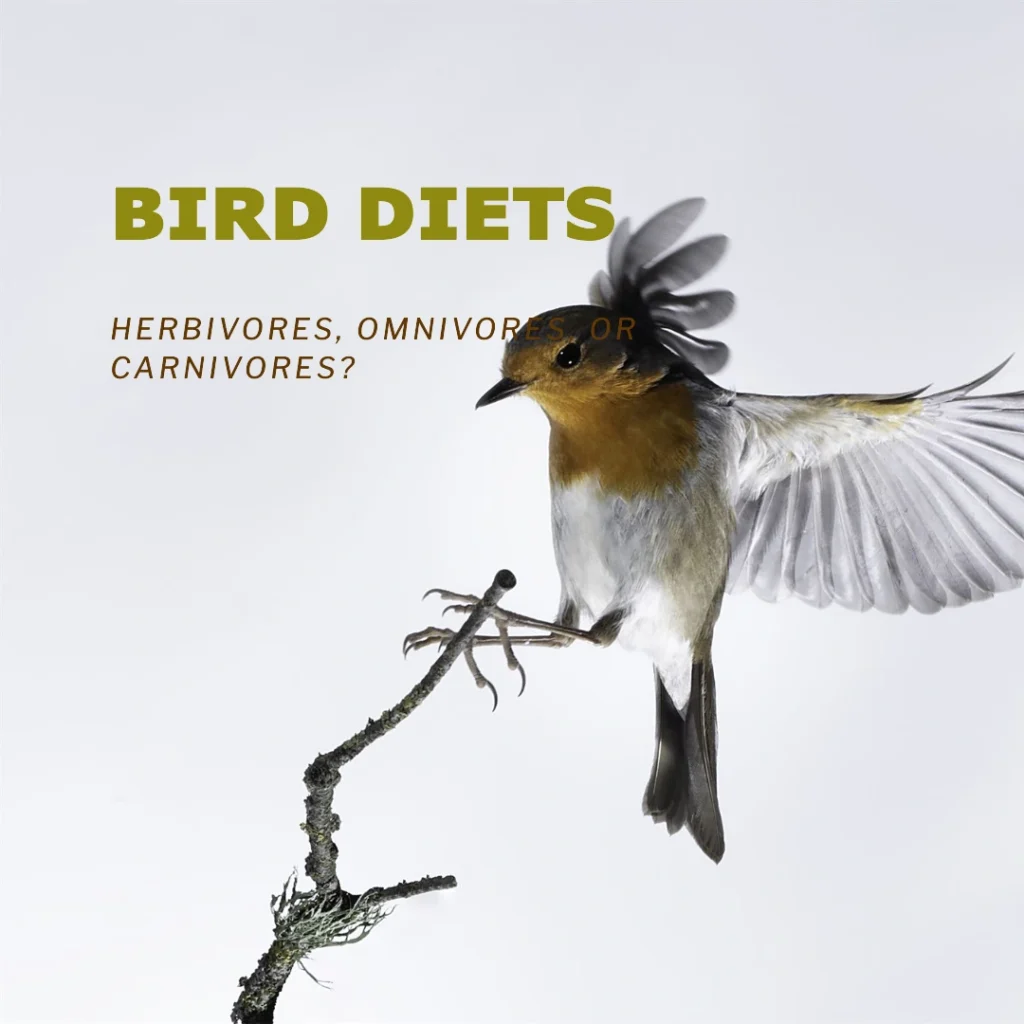
What is the H5N1 Bird Flu Virus?
The H5N1 bird flu virus is a subtype of the influenza A virus that primarily infects birds. It is considered highly pathogenic avian influenza, meaning it is extremely contagious and deadly among poultry like chickens and turkeys. While bird flu viruses don’t usually infect humans, the H5N1 strain can sometimes cross over and cause illness in people too.
How Did the H5N1 Outbreak Start?
The first H5N1 bird flu outbreak was detected in 1997 among poultry in Hong Kong. Since then, it has spread around the world, affecting over 80 countries across multiple continents. Wild birds like ducks and geese can carry H5N1 without appearing sick, allowing the virus to travel far distances through their migration patterns.
In late 2021, a new wave of H5N1 outbreaks began impacting wild birds and poultry operations across North America. By 2022, the virus had reached commercial farms, backyard flocks, and even zoos, resulting in the deaths of millions of birds.
How Does H5N1 Spread to Humans?
People can become infected with H5N1 through direct contact with infected birds or surfaces contaminated by their saliva, mucus or feces. Most human cases have occurred in people working with poultry like farm workers, cullers, and those involved in home slaughtering.
Some key facts about human H5N1 infections:
- Over 860 human cases have been reported worldwide since 2003
- The virus has a very high death rate of around 50% in humans
- Symptoms range from mild flu-like illness to severe pneumonia
- No sustained human-to-human transmission has occurred yet
The 2022-2024 US Bird Flu Outbreak
In early 2022, the first US case of H5N1 bird flu was detected in a commercial poultry worker in Colorado who had been culling infected flocks. While mild, this marked the first human case caused by this strain in the country.
As the virus continued spreading in US wild birds and poultry, health officials remained on high alert for any signs it was adapting to spread more easily among people. Then in March 2024, an even more concerning development occurred – H5N1 was found infecting dairy cattle herds across multiple states.
This raised alarms as the virus had never before been detected spreading widely in cattle. Cattle have closer contact with humans than birds, potentially increasing opportunities for zoonotic transmission to people.
In April 2024, the first human case linked to cattle exposure was reported – a dairy worker in Texas who had been in contact with infected cows. Though mild, this case demonstrated the virus’s ability to jump between multiple mammalian species.
Current Situation in the US

As of early May 2024, here are the latest updates on the H5N1 situation in the United States:
- Over 36 dairy cattle herds in 9 states have tested positive for H5N1
- 2 human cases total, both with mild symptoms after exposure to infected birds or cattle
- No evidence yet of sustained human-to-human transmission
- CDC risk assessment for the general public remains low
- Widespread surveillance and testing continues, including monitoring wastewater for signs of spread
Table: Confirmed H5N1 Avian Flu Cases in the US (2022-2024)
| Case | Date | Location | Exposure | Symptoms |
| 1 | April 2022 | Colorado | Infected poultry | Fatigue |
| 2 | April 2024 | Texas | Infected dairy cattle | Conjunctivitis (eye redness) |
While the overall risk to the public is still considered low by health authorities, there are concerns that H5N1 could potentially spark a new influenza pandemic if it acquires mutations allowing it to spread more easily between humans.
Pandemic Preparedness Efforts
To prepare for a potential H5N1 pandemic, the World Health Organization and countries like the US have:
- Developed candidate vaccine viruses targeting circulating H5N1 strains
- Stockpiled limited supplies of H5N1 vaccines
- Maintained pandemic preparedness plans for rapid vaccine production and distribution
- Issued guidance to health workers on prevention, testing, and treatment
However, producing enough vaccine for widespread use remains a challenge. During the COVID-19 pandemic, wealthier nations received vaccines first while others faced delays, underscoring the need for more equitable access if H5N1 becomes a greater threat.
Reducing Risk from Bird Flu
While the H5N1 situation continues evolving, there are steps everyone can take to reduce their risk:
- Avoid all contact with potentially infected birds/poultry
- Don’t touch bird feeders, baths, or nests with bare hands
- Cook all poultry products thoroughly to kill any viruses
- Don’t consume raw/undercooked eggs or unpasteurized dairy
- Get an annual seasonal flu shot (won’t prevent bird flu but reduces risk of dual infection)
For those with high exposure like farmers and cullers, following strict biosecurity measures like wearing PPE is crucial. Quickly containing any outbreaks in poultry through culling infected flocks also remains an important control strategy.
Ultimately, continued surveillance and research into the behavior and evolution of H5N1 will be key to staying ahead of this potential pandemic threat. While concerning developments have occurred, public health measures are in place to mitigate the risk to the general population.
Sources:
[1] https://www.cdc.gov/flu/avianflu/avian-flu-summary.htm
[2] https://www.statnews.com/2024/05/09/bird-flu-upends-avian-influenza-dogma/

